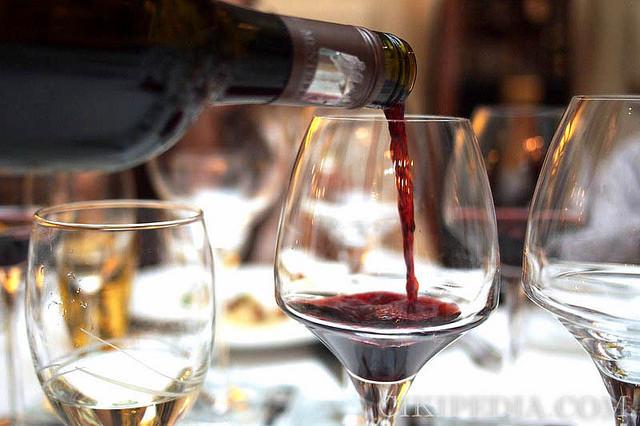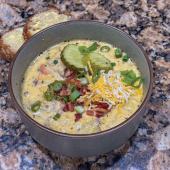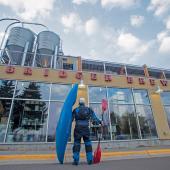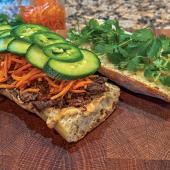How to Order Wine
So you’ve decided to order a bottle of wine with your meal. Where to start? Have you ever seen a wine list 30 pages long? Unless you see something you’re familiar with, the possibilities are endless and you might not care for your random selection. Life is short, don't drink bad wine.
First, tell the server what you like, and ask for a recommendation. Make sure to state your price range.
What do you like in a wine? Some words that describe wines are dry, fruity, buttery, smoky, leathery, grassy, hay-like, earthy, toasty, brightand barnyardy. Almost every fruit you can imagine is used to describe wine: blackberry, apricot, grapefruit, tropical fruit , and green apples. There are literally thousands of descriptions.
Once you decide on a wine, the server or sommelier will present the bottle, and you will need to really look at the label. Is this what you ordered? Are the year, variety, and maker what you requested? The cork will then be removed and presented to you. Is the cork dry, moist on the bottom, completely wet, intact, or falling apart? All are indicators of the condition of the wine.
The server will then pour a small amount of wine in your glass. Is the wine good? You are not being asked if you like the wine; rather if it has gone bad, in which case it will smell like dirty socks or vinegar. Swirl the sample around in the glass to let it aerate, which will let the flavor develop ("open it up"), and then taste it. Let the server know if the wine is acceptable. The server will then pour for your dinner companions, and the server should always fill your glass last.
Try new wines whenever you have the chance. Some will be great, some will be fine, and some will be less than what you expected. Finding expensive wines that are good is easy. Finding the inexpensive delicious bottle is the challenge. Cheers!
Gayle Gavagan is the managing partner at Bar N Ranch near West Yellowstone, 406-646-0300.
Drink for Thought
Although most people think of wine when it comes to pairing food with libations, mixed drinks are also a great complement. Take the margarita,for example, famous for accompanying spicy Mexican food. The agave in the tequila and the lime juice in the mix enhance the flavor of the food without covering it up.
With a few exceptions, the same food-pairing rules apply to distilled spirits (cocktails) as they do for wine. Lighter foods require lighter spirits while heavier foods should be enjoyed with heavier cocktails. Distilled spirits, like food, tend to follow the seasons too. On hot Indian-summer days, clear spirits like gin, vodka, and light rum create cool, refreshing cocktails that don’t weigh us down or warm us up. As the weather turns colder, it’s common to move toward darker, heavier spirits that give us a warming sensation.
With a multicourse meal, a good rule of thumb to follow is to start light and build up to heavier cocktails. For example, serve either gin or vodka martinis with appetizers served on the deck. Use a metal shaker to combine ingredients and then strain into martini glasses to create an upbeat, festive atmosphere for your guests as you grill steaks marinated in a honey-bourbon sauce.
Serve the main course with a nice scotch and soda or bourbon and water. Another alternative is lemonade spiked with flavored vodka. Excellent flavor choices to try in lemonade are raspberry, strawberry, peach, or huckleberry. If you’re grilling fish, try offering your guests a citrus-flavored vodka and tonic with dinner. Once the meal is complete and the cool night air begins to invade your home, a snifter of liqueur or brandy served at room temperature, or simply some Irish cream poured over ice, will round out the evening. Offer these after-dinner drinks by themselves, or in addition to dessert.
Bob Hayes is the owner of Montana Spirits & Wine on North 7th Avenue in Bozeman, 586-8000.













